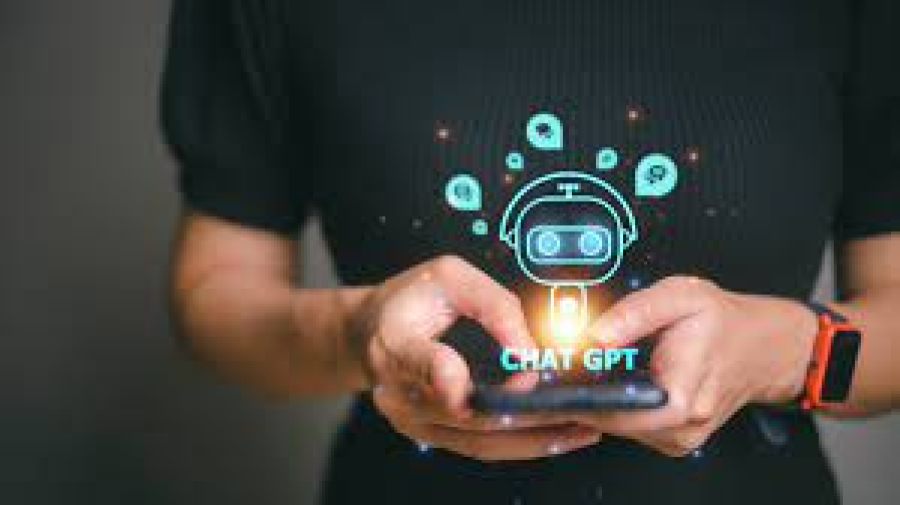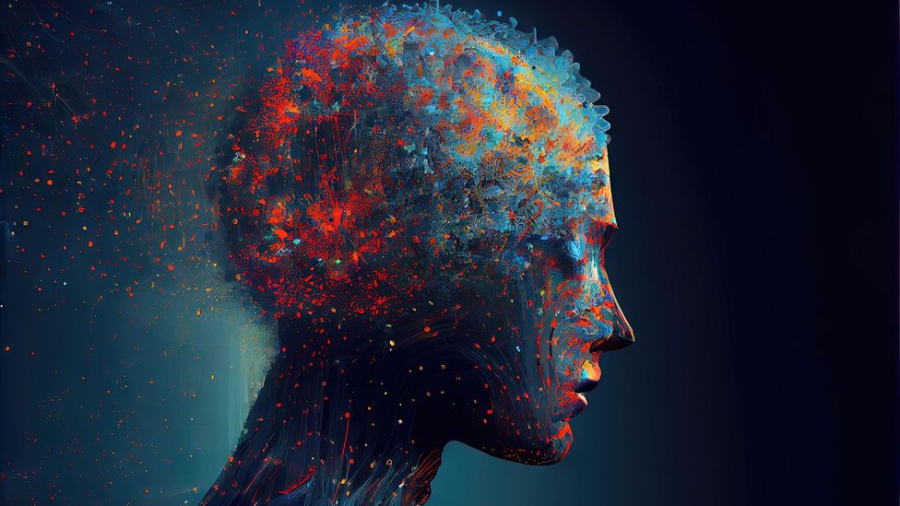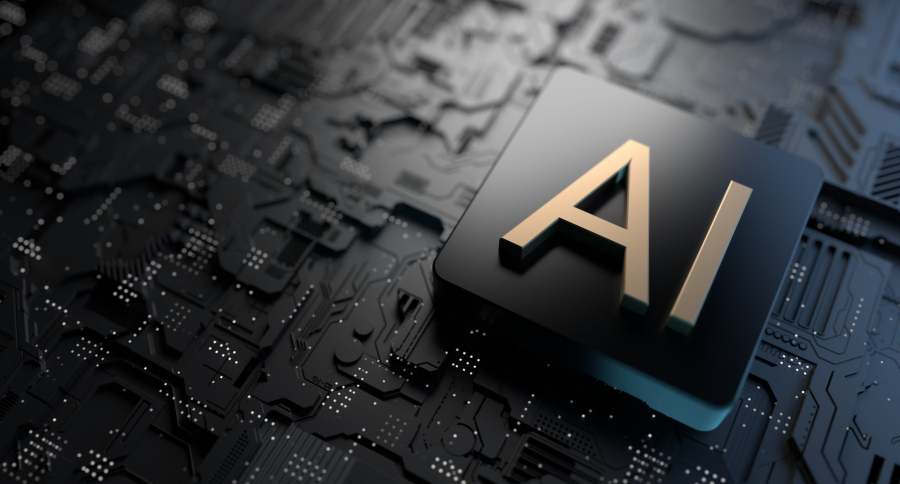The Role of ChatGPT in the Job Market and Unemployment Concerns
Introduction:
As the capabilities of artificial intelligence (AI) technologies like ChatGPT continue to advance, concerns about their impact on job roles and potential unemployment have emerged. In this article, we will examine the role of ChatGPT in the current job market and explore the relationship between AI technologies and employment.
1: Augmentation, Not Replacement
1.1 Assisting and Enhancing Job Roles
ChatGPT, rather than replacing human workers, is designed to augment and enhance their capabilities. It can assist in tasks such as customer support, content generation, and data analysis, enabling professionals to focus on higher-level responsibilities. The aim is to leverage AI technology as a tool that complements and supports human workers, rather than replacing them entirely.
1.2 Increased Efficiency and Productivity
By automating routine or repetitive tasks, ChatGPT can contribute to increased efficiency and productivity in various job roles. This allows professionals to allocate their time and skills more strategically, focusing on complex problem-solving, creativity, and interpersonal interactions that require uniquely human qualities.
2: Job Displacement and Evolving Roles
2.1 Changing Skill Requirements
While ChatGPT's introduction may lead to shifts in job requirements and skill sets, it does not necessarily result in widespread unemployment. The job market will evolve, demanding new skills that align with the integration of AI technologies. This transition requires individuals to adapt, reskill, and upskill to meet the changing demands of the workforce.
2.2 Creation of New Job Opportunities
AI technologies also have the potential to create new job opportunities and industries. As AI continues to advance, roles such as AI trainers, AI ethicists, and AI system developers become increasingly valuable. The integration of AI systems like ChatGPT can lead to the emergence of innovative job roles that leverage and interact with AI technology.
3: Collaborative Workforce and Human Skills
3.1 Collaboration Between Humans and AI
Rather than viewing AI as a threat, organizations can foster a collaborative environment where humans and AI systems work together. ChatGPT can provide valuable insights, data analysis, and support, while humans contribute their creativity, emotional intelligence, critical thinking, and decision-making skills. The collaboration between humans and AI can lead to more efficient and effective outcomes in various domains.
3.2 Emphasis on Uniquely Human Skills
While AI technologies like ChatGPT excel in specific tasks, they often lack the uniquely human skills that are essential in many job roles. Skills such as empathy, creativity, adaptability, and complex problem-solving remain highly valuable and cannot be easily replicated by AI systems. Emphasizing and cultivating these human skills will continue to be important in the job market.
4: Addressing the Impact and Ensuring a Just Transition
4.1 Upskilling and Reskilling Initiatives
To mitigate any potential negative impact on employment, upskilling and reskilling initiatives are crucial. Governments, educational institutions, and organizations should invest in providing training programs and resources that help individuals adapt to the changing job market. By acquiring new skills aligned with emerging technologies, individuals can enhance their employability and navigate the evolving workforce landscape.
4.2 Ensuring a Just Transition
As the job market evolves, ensuring a just transition becomes paramount. Governments and organizations need to prioritize policies and strategies that support displaced workers, facilitate job transitions, and create opportunities for economic stability. By offering retraining programs, financial assistance, and job placement services, the impact on unemployment can be mitigated, and individuals can be empowered to thrive in the changing economy.
Conclusion:
While the introduction of AI technologies like ChatGPT may lead to shifts in job roles and requirements, it does not necessarily result
in widespread unemployment. The key to successfully navigating this transition lies in viewing AI as a collaborative tool rather than a replacement for human workers. ChatGPT and other AI technologies can augment job roles, increase efficiency, and create new opportunities.
It is important for individuals to adapt to the changing job market by acquiring the necessary skills through upskilling and reskilling initiatives. By investing in education and training programs, individuals can align themselves with the evolving demands of the workforce. This proactive approach allows individuals to remain competitive and find new avenues for employment that leverage the integration of AI technologies.
Moreover, organizations and governments have a responsibility to ensure a just transition. This involves implementing policies that support displaced workers, offering retraining programs, and facilitating job placement services. By prioritizing the well-being and economic stability of individuals, the potential negative impact of AI technologies on unemployment can be mitigated.
In conclusion, while the integration of AI technologies like ChatGPT may bring changes to job roles, it is not inherently leading to widespread unemployment. By fostering a collaborative workforce that combines the strengths of AI systems with uniquely human skills, we can harness the potential of AI to enhance productivity, create new job opportunities, and drive economic growth. With the right strategies in place, we can navigate the evolving job market and ensure a successful transition into an AI-driven future.






Comments (0)